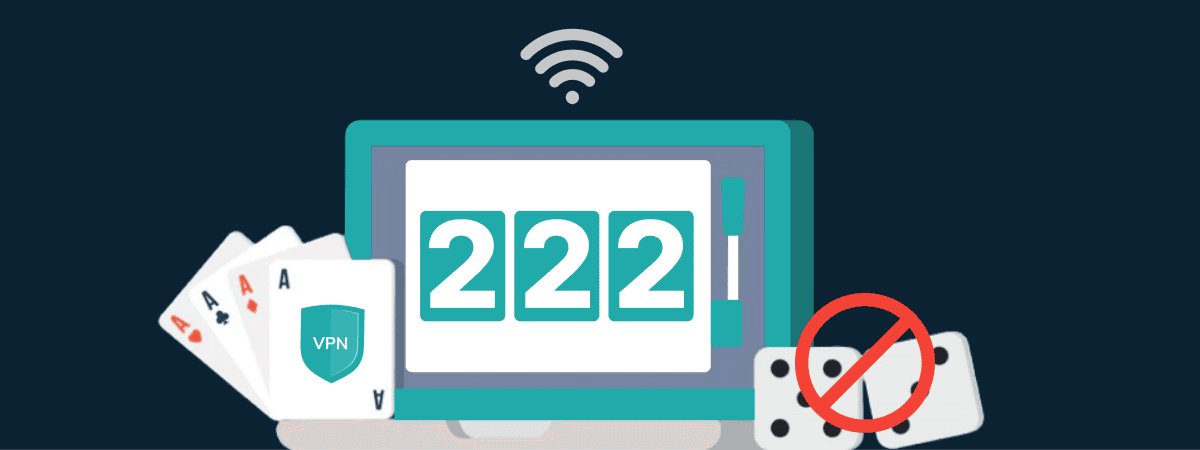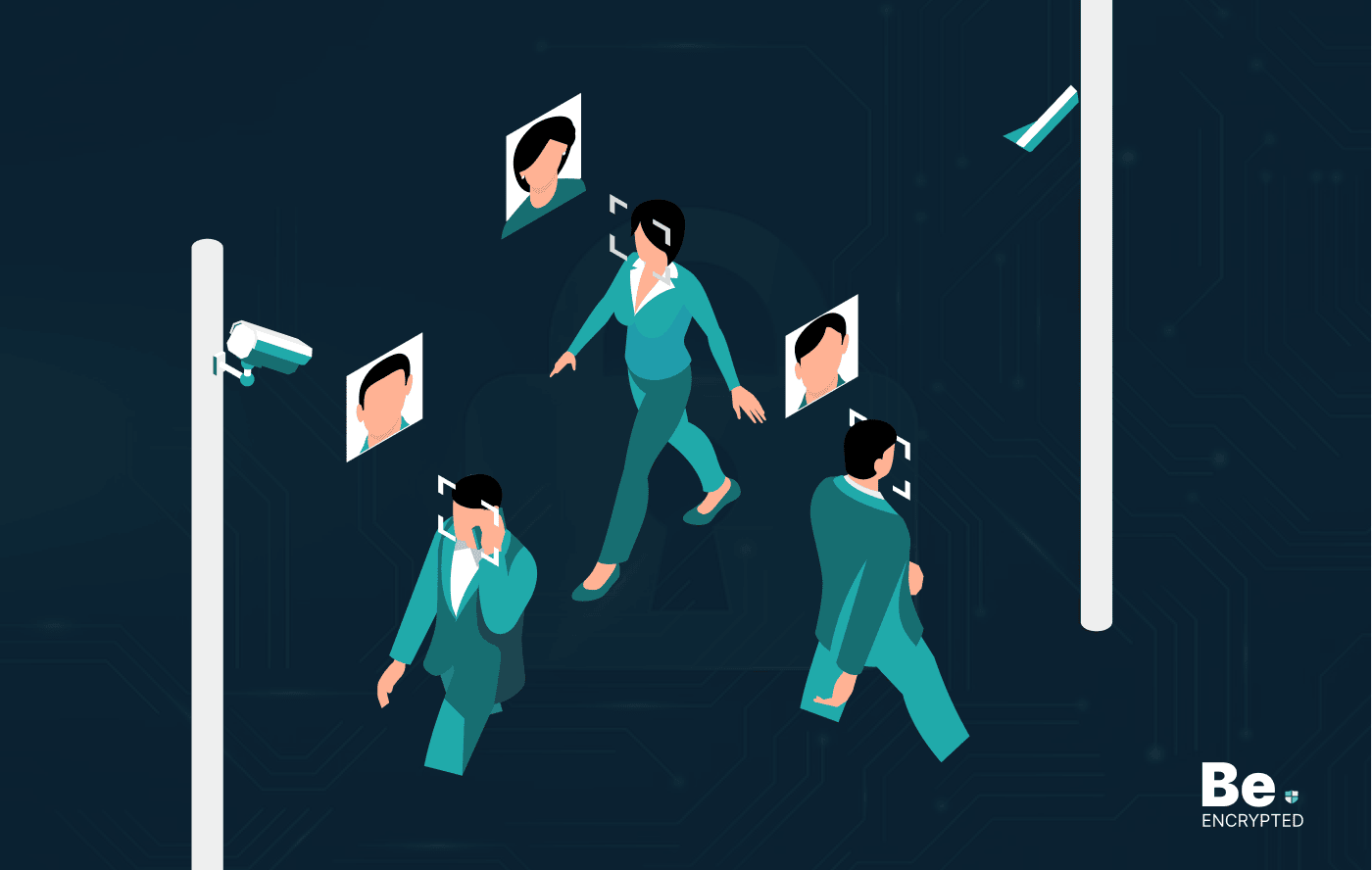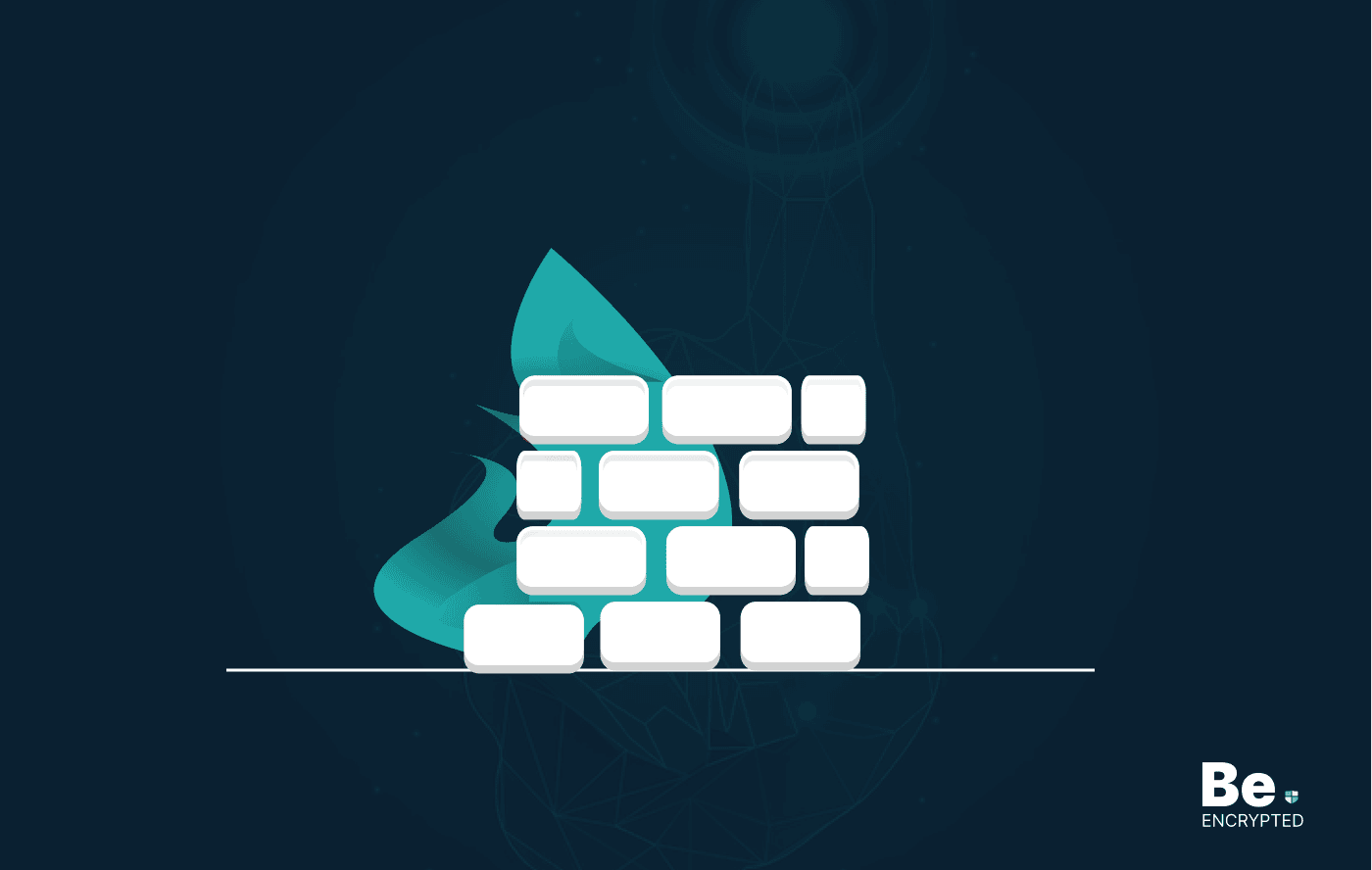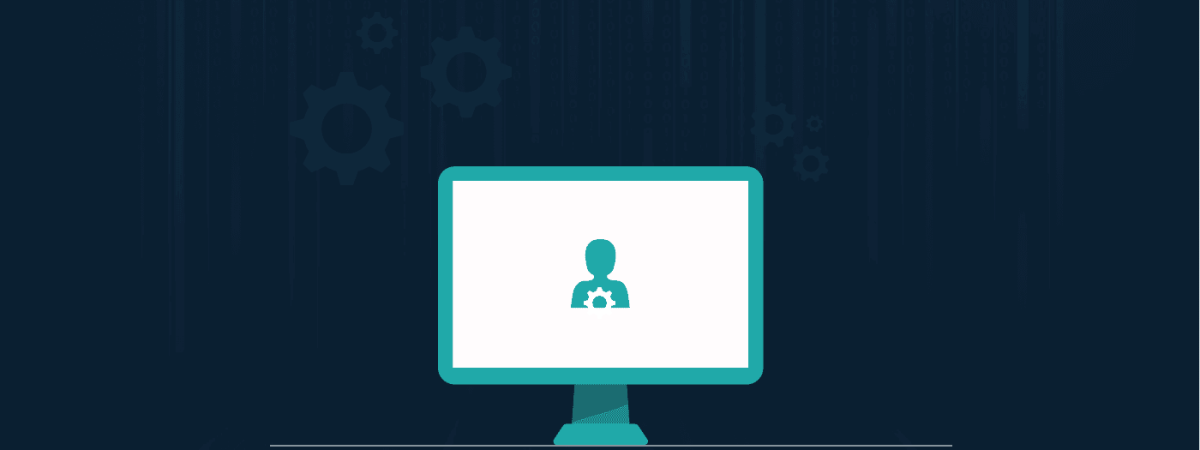Given the dire nature of the current, ever-evolving threat landscape facing enterprises today, the robust implementation of cybersecurity is no longer something organizations can stall any further. To ensure that an organization upholds its business and security functions, it must hire the “right” cybersecurity professionals to formulate better cybersecurity policies and discover and investigate any malicious behaviors in the enterprise’s environment.
However, one of the biggest obstacles to a robust cybersecurity culture within organizations is the widespread shortage of skilled security operations, which significantly increases the workload on the existing and already overworked cybersecurity staff within enterprises. Furthermore, it should also be mentioned that the massive shortage of skilled security operations and threat resources within an organization’s security operations centers (SOC) causes more significant damage and leaves many enterprises vulnerable to increased threats and vulnerabilities.
The dire cybersecurity situation takes an even more dire turn when we consider recent statistics by ESG, which state that a whopping two-thirds of security professionals believe that a cybersecurity skills gap has led to an increased workload on the pre-existing staff members.
To an ill-informed individual, the prospect of being overworked might seem like a harsh reality of working in today’s modern era and not just something relevant to the cybersecurity world- the fact of the matter is overworked security employees are more prone to making human errors such as the misalignment of tasks to skills and employee burnout, which could prove to be fatal in the long run, particularly as far as combating against the modern threat landscape of today is concerned.
When we focus on the discrepancy created in an organization’s cybersecurity infrastructure because of the human tendency to err, which becomes increasingly prominent in overworked employees, the dire need for better prioritization of workloads becomes blatantly apparent. With that being said, however, in most instances, the prioritization and streamlining of workloads are beyond the control of employees. Owing to the extreme shortage of security skills available to organizations today, most enterprises aren’t even able to get to the step of streamlining their workload since they are not equipped with the security talent required to deal with the streamlined workloads, which is why the existing security teams have to overburden themselves with the identification and mediation of the arsenal of threats facing organizations today.
In their quest to combat the multitude of threats facing enterprises and organizations today, a typical IT or cybersecurity team faces numerous challenges, which unfortunately paves the way for a varied arsenal of unresolved security threats to spike in number. Usually, these security challenges consist of delayed remediation efforts, mainly as a direct consequence of a monumental volume of alerts being issued, combined with false positives and intensively time-consuming investigation processes that utilize a wide variety of cybersecurity tools that detect and investigate, escalate, and remediate threats. As an organization’s overburdened SOC analysts deal with these challenges, the ever-increasing volumes of data that their enterprise deals with also continue to expand, which in turn, causes the IT infrastructure to expand and grow more diverse, thereby making the job of an organization’s cybersecurity team even more complex and tiresome.
Fortunately, particular cybersecurity tools like antivirus come as a ray of hope. There is various antivirus software that helps to combat cyber vulnerabilities. If you’re confused over the choice of antivirus, then first review Bitdefender vs. Malwarebytes comparison for further guidance.
The amalgamation of modern technologies, such as artificial intelligence and machine learning, offers a much sturdier, quicker alternative that helps bridge the massive gap left by the unavailability of cybersecurity talent. As popular as the inclusion of AI is within the cybersecurity tools market right now- now is ideal for enterprises to consider the benefits of AI in bridging the cybersecurity skills gap.
How can AI Help in Bridging the Cybersecurity Skills Gap?
When we consider the ineffectiveness of SOC analyst productivity amidst a threat landscape that demands that organizations always be on their best security game, the feebleness of the current cybersecurity measures that enterprises have employed becomes quite apparent.
Fortunately, one of the most effective yet unprecedented ways to leverage and improve SOC analyst productivity is to harness the power of artificial intelligence (AI) to streamline the identification, analysis, investigation, and prioritization of security alerts.
In addition to streamlining crucial aspects of the cybersecurity process, AI can also help organizations by being used as a force multiplier by security analysts, which can then be applied directly to the application process. Through a wide variety of AI-powered processes, mainly through the use of AI-analytics techniques, such as supervised learning, graph analytics, and reasoning processes, along with leveraging the prowess of automated data-mining processes, an enterprise’s security teams can make some severe cybersecurity advancements by reducing the number of manual, error-prone research, identifying threat actors, making shockingly accurate investigation outcome predictions, along with many more benefits such as the constant monitoring of an organization’s network, which significantly reduces the risk of “silent killer” attacks such as cryptojacking.
Furthermore, including AI within an organization’s cybersecurity infrastructure is the perfect little nudge needed to encourage enterprises to take a more proactive approach rather than the more popularly-taken reactionary approach, which enables security staff to detect and mediate threats before they escalate.
Is There Any Particular Framework to Adhere to Bridge the Cybersecurity Skills Gap?
Although the inclusion of AI within an organization’s existing cybersecurity infrastructure might seem like the go-to solution in overcoming the dire cybersecurity skills shortage present within the cybersecurity industry today, enterprises can also rely on pre-made frameworks to make their job a tad bit easier.
One such framework is the MITRE ATT&CK, which provides enterprises the luxury of relying on a framework that understands threat tactics, techniques, and procedures based on real-world observations. Moreover, it is also worth mentioning that the MITRE ATT&CK framework, combined with AI-centric security tools, can fundamentally transform how individuals think about cybersecurity within organizations.
When working with the framework mentioned above, AI can be an ideal security tool that provides first-hand information about the tactics and stages of an attack by a potential threat actor. Furthermore, the combination with the framework also offers accurate information and insight into the discoveries made by AI, enabling organizations to provide a fast-paced response. Including a framework with AI saves time and ensures that the insights generated by artificial intelligence are utilized consistently.
Conclusion
At the end of the article, we can only hope that we’ve done our due diligence to our readers by informing them of ways to harness AI’s power to minimize the gap caused by a severe shortage of cybersecurity professionals. We hope this article opens our readers to AI’s potential to revolutionize cybersecurity!
Share this article
About the Author
Rebecca James is an IT consultant with forward thinking approach toward developing IT infrastructures of SMEs. She writes to engage with individuals and raise awareness of digital security, privacy, and better IT infrastructure.
More from Rebecca JamesRelated Posts

How to Avoid Gambling Restrictions in 2024
KEY TAKEAWAYS Gambling is prohibited in multiple countries as it is addictive, and many people go ba...

20 Best Penetration Testing Tools For Security Professionals
KEY TAKEAWAYS If you’re in a hurry, then have a look at the list of 20 best penetration testin...

The Role of Developer Security in Software Development
KEY TAKEAWAYS The revolution of DevOps has reduced the SLDC and resulted in the creation of many sof...

How To Detect Hidden Cameras And Listening Devices? A Complete Guide
Many people feel like someone is watching them or listening to their conversations. They may be righ...

What is Virtual Firewall and How it Helps Us in 2024?
Scientists and technicians are trying to invent the latest technology protection to create barriers ...

10 Ways to Prevent Ransomware Attacks
KEY TAKEAWAYS Ransomware attacks are growing frequently and affecting every sector of the business i...


